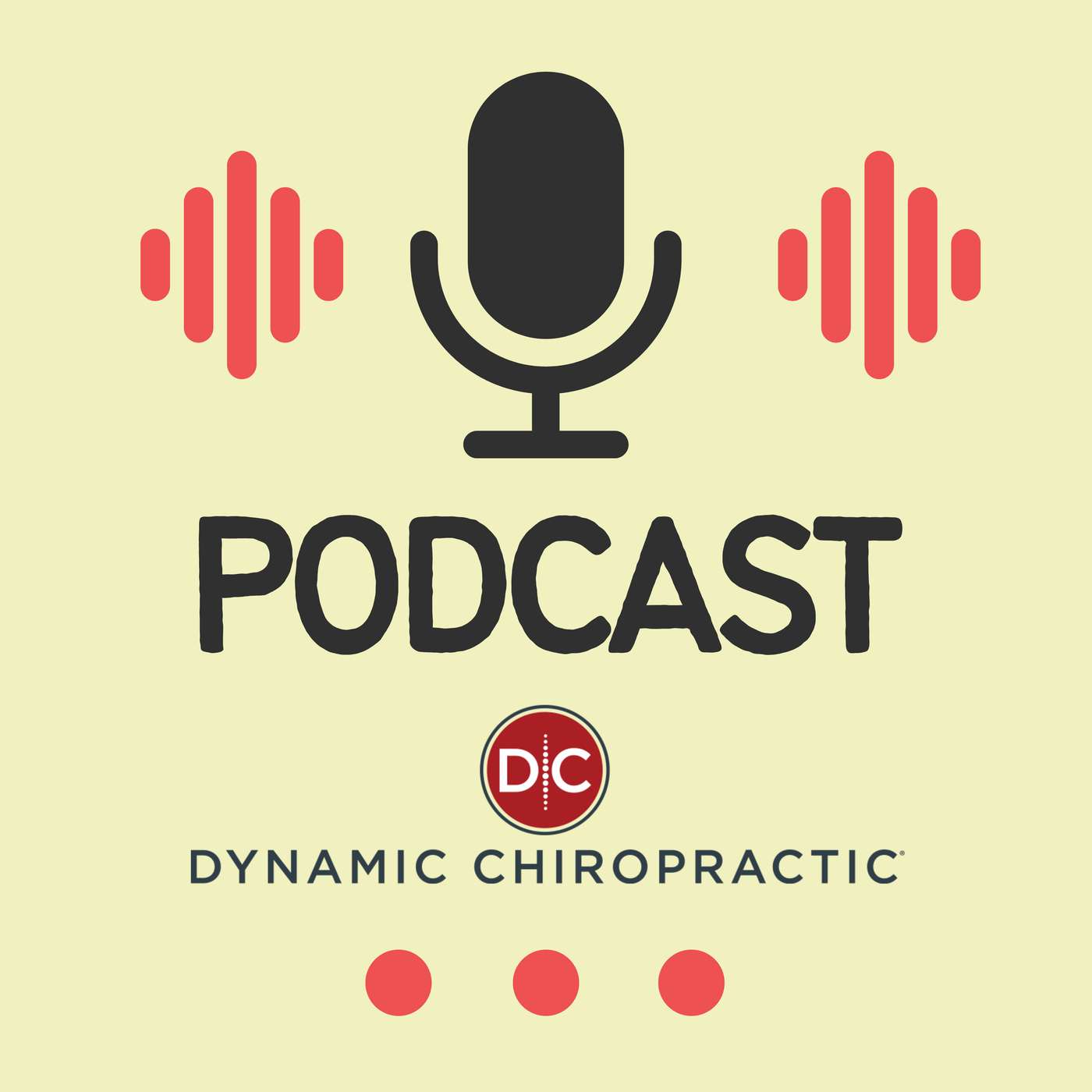Listen "Managing Trochanteric Pain: Myths and Methods"
Episode Synopsis
This article dispels several persistent myths surrounding lateral hip pain, now correctly identified as greater trochanteric pain syndrome (GTPS). Myth Buster #1 establishes that localized lateral hip pain is rarely caused by an inflamed trochanteric bursa (found in less than 3% of cases); it is overwhelmingly a gluteal tendinopathy, typically involving the medius and minimus tendons. Furthermore, Myth Buster #2 clarifies that GTPS is not solely a condition of postmenopausal women, affecting athletes, adult males, and postpartum females due to various factors like drop in estrogen levels or femoral acetabular impingement. Diagnosis is achieved through a cluster of findings, including palpable tenderness combined with weakness and pain during isolated contraction, such as the 30-second single-leg stance test. Regarding treatment, Myth Buster #4 warns that GTPS is not self-resolving and requires early, active care to avoid chronicity. Clamshell exercises and ITB stretching are explicitly discouraged, as they aggravate the condition by applying compressive loading forces to the tendons. Finally, Myth Buster #5 advises against using corticosteroid injections as a front-line intervention, as they offer limited long-term benefit and can impede healing by negatively affecting collagen synthesis. Effective management involves a multimodal approach: correcting pathomechanics, limiting lifestyle factors that cause hip adduction (e.g., cross-legged sitting), and progressively loading the tendons with pain-modulated exercises.
More episodes of the podcast Dynamic Chiropractic
Growth by Hiring: Strategy Over Stress
31/10/2025
The Disadvantage of Medicare Advantage
31/10/2025
Kick-Start Your Future Practice
31/10/2025
 ZARZA We are Zarza, the prestigious firm behind major projects in information technology.
ZARZA We are Zarza, the prestigious firm behind major projects in information technology.
